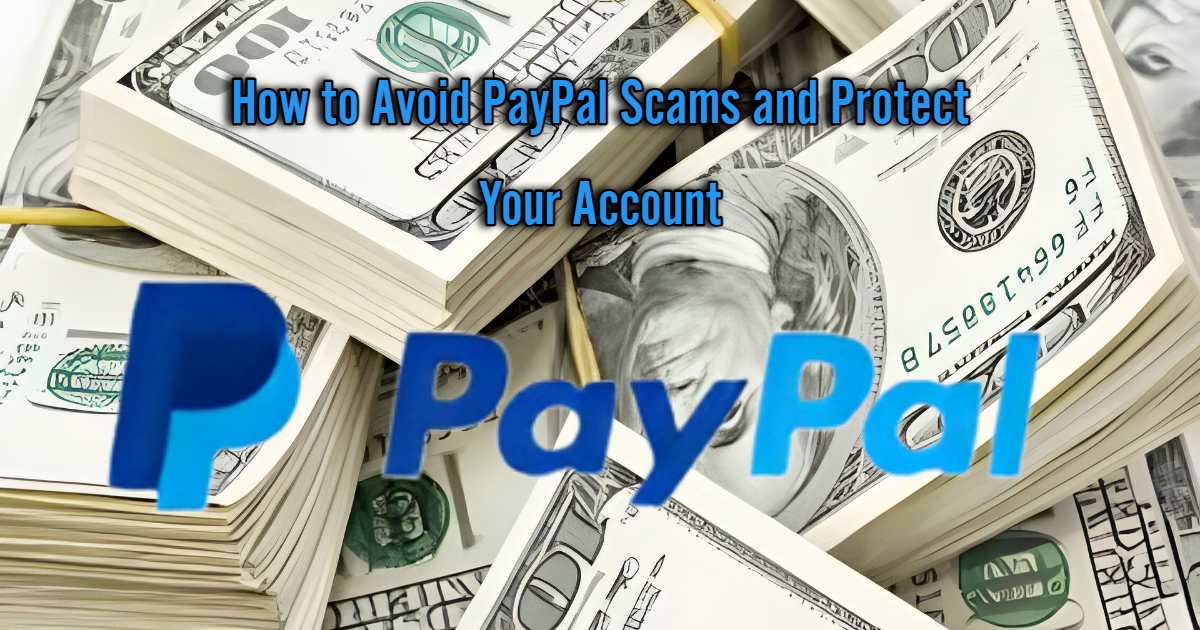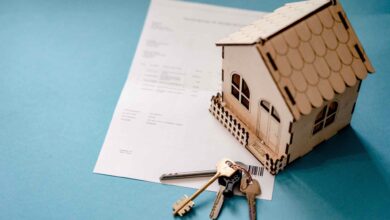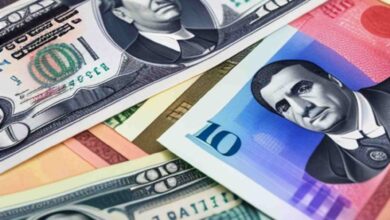Introduction:
A PayPal scam is a sort of online hoax in which scammers make up phony PayPal websites or transmit phony emails purporting to be from PayPal to acquire liable personal and financial data from unwitting targets. These frauds seek to deceive users into disclosing their login information, credit card details, and other private data so that the con artists can steal money from the victim’s bank account or make unlawful transactions.
Many forms of PayPal fraud, including phishing emails, bogus websites, and social engineering techniques, may be utilized. Scammers frequently employ scare tactics, a sense of urgency, and compelling language to persuade victims that their account is in danger or that they must act quickly to avoid bad outcomes. The victim’s information may be used by the con artists to withdraw money from their accounts or make illicit transactions once they have it.
Users should be wary and watchful when they receive emails or messages claiming to be from PayPal. Before sending any personal or financial information, they should always double-check the sender’s email address and the website’s URL. Using two-factor authentication is also advised, and users should closely monitor their account activity for any illegal transactions.
PayPal is one of the most widely used online payment services in the world, PayPal has unfortunately become prey for fraudsters. These scammers are constantly looking for new ways to trick PayPal users of their funds. Hence, understanding PayPal scams and how to defend your account is vital. We will go through some of the strategies for safeguarding your PayPal account from con artists in depth in this article.
How to Identify PayPal scams?
The following guidance can assist you spot PayPal scams:
-
Verify the email address of the sender:
Fraudsters frequently employ email addresses that differ significantly from PayPal’s official address. Always confirm that the email address that you’re engaging with is the correct PayPal address.
-
Check for spelling and grammar mistakes:
Many frauds have these problems, which is a warning sign that the email or website could not be authentic.
-
Verify the URL:
Scammers may produce bogus PayPal web pages with URLs that correspond to honest PayPal websites. Make sure the URL is a legitimate PayPal website by carefully inspecting it.
-
Watch out for urgent requests:
con artists frequently use them to get victims to provide their personal or financial information. They can assert that you must act immediately to prevent unauthorized access since your account has been compromised.
-
Don’t click links:
Con artists may include links in their emails or messages that natural users to phony PayPal websites. Never open links in emails or messages you didn’t ask for.
-
See the activity on your account:
Check your PayPal account activity frequently to be sure there haven’t been any fraudulent transactions. Report any questionable behavior right away to PayPal if you see it.
Never forget that PayPal will never email or message you asking for your password or other sensitive details. Contact PayPal immediately to confirm the legitimacy of any email or communication you get that appears to be from them if you are doubtful about their authenticity.
How to Avoid PayPal scams?
-
Keep Your Login Information Secure:
By protecting your login details, you can begin safeguarding your PayPal account against fraudsters right away. Choose a secure password that is hard to decipher and strong. A good password should have at least 8 characters, a combination of capital and lowercase letters, numbers, and symbols. Also, you should refrain from using the same password for other accounts.
Using two-factor authentication is a further safeguard for your login information (2FA). By demanding an additional verification step when you log in, 2FA gives your account an extra layer of security. The second step is typically a code that is provided to your email or mobile device.
-
Watch Out for Phishing Emails:
One of the most popular methods used by con artists to obtain PayPal login information is through phishing emails. Phishing emails are phony emails that are made to look like they are from PayPal to obtain your login information.
Always verify the sender’s email address to prevent falling for a phishing email. Do not open any links in emails that come from PayPal or that otherwise appear suspicious. Also, you must never enter your PayPal login details on a website whose legitimacy you are unsure of.
-
Use PayPal only on safe websites:
Verify that the website is secure before using PayPal to pay there. Check for the padlock icon in your browser’s address bar, which denotes a secure connection for the website. Also, make sure the website address begins with “https” rather than “http”
-
Check Transactions:
Any PayPal transaction you make should always be verified. Regularly check your account to ensure there have been no fraudulent transactions. Report any suspicious activity right away to PayPal if you come across any.
-
Update Your Account Often:
Check to see if your account information is current. Your contact information, such as your email and mailing address, is also included. You will be more likely to get crucial messages from PayPal, like alerts concerning erroneous activity on your account, if your information is kept up to date.
-
Don’t use public WiFi:
Because public Wi-Fi connections are insecure, it is simpler for con artists to obtain your login credentials. When accessing your PayPal account, avoid using a public WiFi network. Use a reliable, safe internet connection instead.
-
Implement PayPal Seller Protection:
Use PayPal Seller Protection to shield yourself against con artists if you sell on PayPal. Coverage is offered for eligible PayPal-paid transactions by PayPal Seller Protection. This coverage offers a defense against allegations of unreceived goods and unlawful transactions.
-
Watch out for overpayments:
Scammers frequently overpay for an item and then request a refund from the vendor in one type of scheme. A false or stolen PayPal account is typically used to make the overpayment, and a separate payment method is typically used to obtain a refund.
Always verify the legitimacy of the buyer’s PayPal account to prevent falling for this fraud. Also, you ought to be cautious of any consumer who requests a refund using a different payment method.
Conclusion:
Making and receiving payments online is simple and safe with PayPal. Nonetheless, it’s crucial to take precautions to safeguard your account against fraud and scams. You may reduce your chances of becoming a victim of a PayPal scam by safeguarding the information associated with your account, constantly monitoring your account, confirming transactions, abstaining from giving personal information, only using reputable merchants, utilizing PayPal Buyer Protection, being aware of phishing scams, and being suspicious of unwanted offers. Keep an eye out and notify PayPal right away of any unusual activity.
Visit for more best articles




